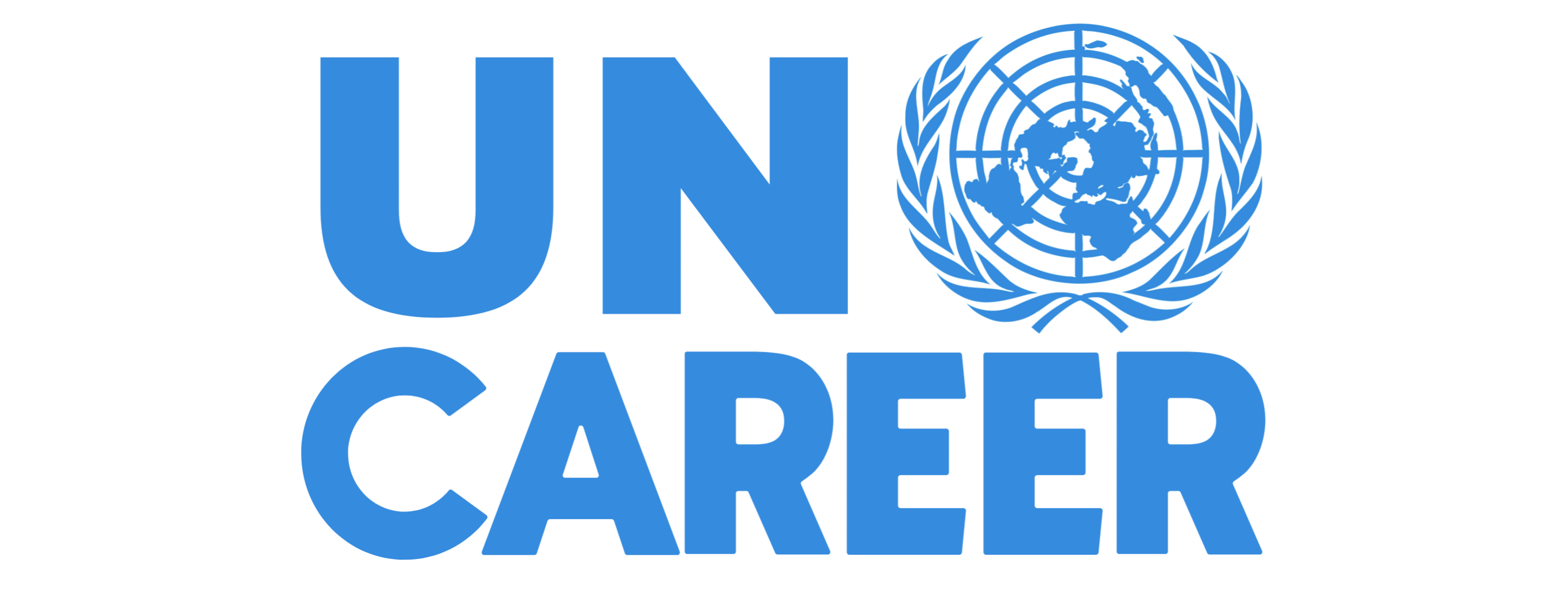
Getting a high-paying job and landing your dream job is what everyone wants, but the headache part of it is writing an eye-catching resume for any company.
In today’s competitive job market, it’s hard to have a standout resume that catches the attention of hiring managers. In this blog post, we will be providing you with expert tips and strategies on how to craft and write a winning resume that will help you stand out and land your dream job.
Your resume is the first point of contact between you and your potential employer. It is a crucial document that can make or break your chances of landing your dream job. A well-crafted resume can help you stand out from the competition and showcase your skills and achievements in the best possible light. But, creating a winning resume is no easy feat. It requires careful planning, attention to detail, and a deep understanding of what hiring managers are looking for. In this comprehensive guide, we will take you through the entire process of writing a winning resume, from start to finish. We will cover everything from choosing the right format and layout to crafting attention-grabbing headlines and bullet points. You will learn how to tailor your resume to specific job openings, highlight your relevant skills and experience, and showcase your achievements in a way that impresses potential employers. So, whether you are a seasoned professional or a recent graduate, this guide will equip you with the tools and knowledge you need to create a winning resume that gets noticed.
Understanding the purpose of a resume
Before we dive into the details of crafting a resume, it is essential to understand its purpose. The primary goal of a resume is to secure an interview with a potential employer. It is a marketing tool that highlights your skills and experience, making you stand out from the competition. Your resume should be concise, easy to read, and tailored to the job you are applying for.
One critical aspect of creating a winning resume is to understand the specific job requirements. This will allow you to tailor your resume to the job opening, highlighting your relevant skills and experience. Your resume should also showcase your accomplishments and achievements, demonstrating your value to potential employers.
Types of resume formats and choosing the right one for you
There are three main types of resume formats: chronological, functional, and hybrid. A chronological resume lists your work history in reverse chronological order, starting with your most recent job. A functional resume focuses on your skills and experience, rather than your work history. A hybrid resume combines aspects of both chronological and functional resumes.
When choosing the right resume format for you, consider your work history, skills, and the job you are applying for. If you have a solid work history and want to showcase your career progression, a chronological resume may be the best option. If you are changing careers or have gaps in your work history, a functional resume may be more appropriate.
Crafting a professional resume layout
The layout of your resume is critical to its success. A well-designed resume is easy to read and visually appealing. There are several elements to consider when crafting a professional resume layout:
-
Font and font size
Choose a font that is easy to read, such as Arial or Times New Roman. Use a font size between 10 and 12 points for the body of your resume and a larger font size for your name and headlines.
-
Margins
Set your margins to 1 inch on all sides to ensure that your resume fits on a single page.
-
White space
Use white space to make your resume easier to read. Avoid cramming too much information onto one page.
-
Bullet points
Use bullet points to highlight your skills and experience. This makes your resume easier to scan and read quickly.
Writing attention-grabbing headlines and bullet points
Your headlines and bullet points should be attention-grabbing and concise. They should highlight your skills and achievements, demonstrating your value to potential employers. Here are some tips for writing effective headlines and bullet points:
-
Use action verbs
Begin each bullet point with an action verb, such as “managed,” “created,” or “developed.” This makes your accomplishments more impactful.
-
Be specific
Provide specific details about your accomplishments, such as the number of people you managed or the percentage increase in sales you achieved.
-
Use keywords
Use keywords from the job description in your headlines and bullet points. This will help your resume get past applicant tracking systems (ATS) and into the hands of human recruiters.
Showcasing your skills and experience
Your skills and experience are the heart of your resume. They demonstrate your value to potential employers and make you stand out from the competition. Here are some tips for showcasing your skills and experience effectively:
-
Customize your resume
Tailor your resume to the specific job opening. Highlight the skills and experience that are most relevant to the position.
-
Use the STAR method
Use the STAR method to describe your accomplishments. This involves describing the Situation, Task, Action, and Result of each accomplishment.
-
Quantify your accomplishments
Use numbers and percentages to quantify your accomplishments. This makes them more impactful and demonstrates your value to potential employers.
Tailoring your resume to specific job openings
Tailoring your resume to specific job openings is essential to its success. It demonstrates that you have taken the time to understand the job requirements and have the skills and experience necessary to excel in the position. Here are some tips for tailoring your resume to specific job openings:
-
Customize your headlines and bullet points
Use keywords from the job description in your headlines and bullet points. This will help your resume get past applicant tracking systems (ATS) and into the hands of human recruiters.
-
Highlight relevant experience
Highlight your relevant experience, even if it is not directly related to the job opening. This demonstrates your versatility and adaptability.
-
Use the job description as a guide
Use the job description as a guide for tailoring your resume. Highlight the skills and experience that are most relevant to the position.
Highlighting your achievements and accomplishments
Highlighting your achievements and accomplishments is essential to creating a winning resume. It demonstrates your value to potential employers and makes you stand out from the competition. Here are some tips for highlighting your achievements and accomplishments:
-
Use the STAR method
Use the STAR method to describe your accomplishments. This involves describing the Situation, Task, Action, and Result of each accomplishment.
-
Quantify your accomplishments
Use numbers and percentages to quantify your accomplishments. This makes them more impactful and demonstrates your value to potential employers.
-
Highlight relevant accomplishments
Highlight accomplishments that are relevant to the job opening. This demonstrates that you have the skills and experience necessary to excel in the position.
Avoiding common resume mistakes
There are several common resume mistakes that you should avoid. These mistakes can make your resume less effective and hurt your chances of landing a job. Here are some of the most common resume mistakes to avoid:
-
Spelling and grammar errors
Spelling and grammar errors make your resume look unprofessional. Use a spell checker and have someone else proofread your resume.
-
Using a generic resume
Using a generic resume that is not tailored to the job opening is a common mistake. Tailor your resume to the specific job opening to demonstrate your value to potential employers.
-
Including irrelevant information
Including irrelevant information, such as hobbies or personal information, can make your resume look unprofessional. Stick to relevant information that highlights your skills and experience.
Tips for formatting and proofreading your resume
Formatting and proofreading are critical to the success of your resume. A well-formatted and error-free resume demonstrates your attention to detail and professionalism. Here are some tips for formatting and proofreading your resume:
-
Use a consistent format
Use a consistent format throughout your resume. This includes font, font size, and spacing.
-
Use bullet points
Use bullet points to highlight your skills and experience. This makes your resume easier to scan and read quickly.
-
Have someone else proofread your resume
Have someone else proofread your resume to catch any spelling or grammar errors you may have missed.
Conclusion and next steps
Creating a winning resume takes time and effort, but the results are worth it. A well-crafted resume can help you stand out from the competition and secure an interview with a potential employer. In this comprehensive guide, we have covered everything from understanding the purpose of a resume to formatting and proofreading tips. Use this guide to create a winning resume that showcases your skills, experience, and achievements.

